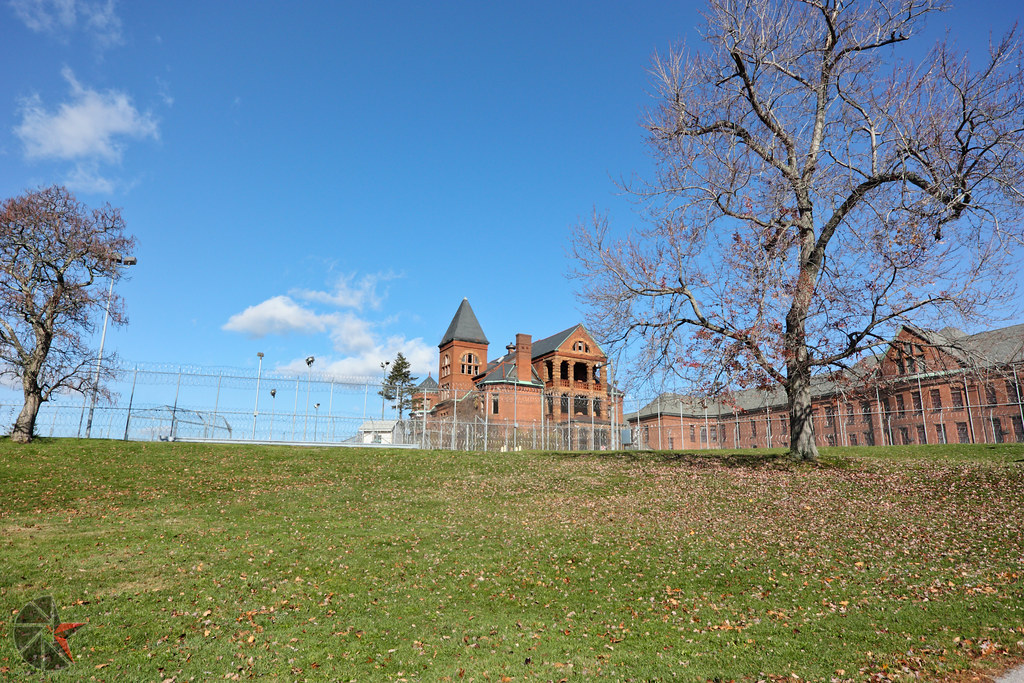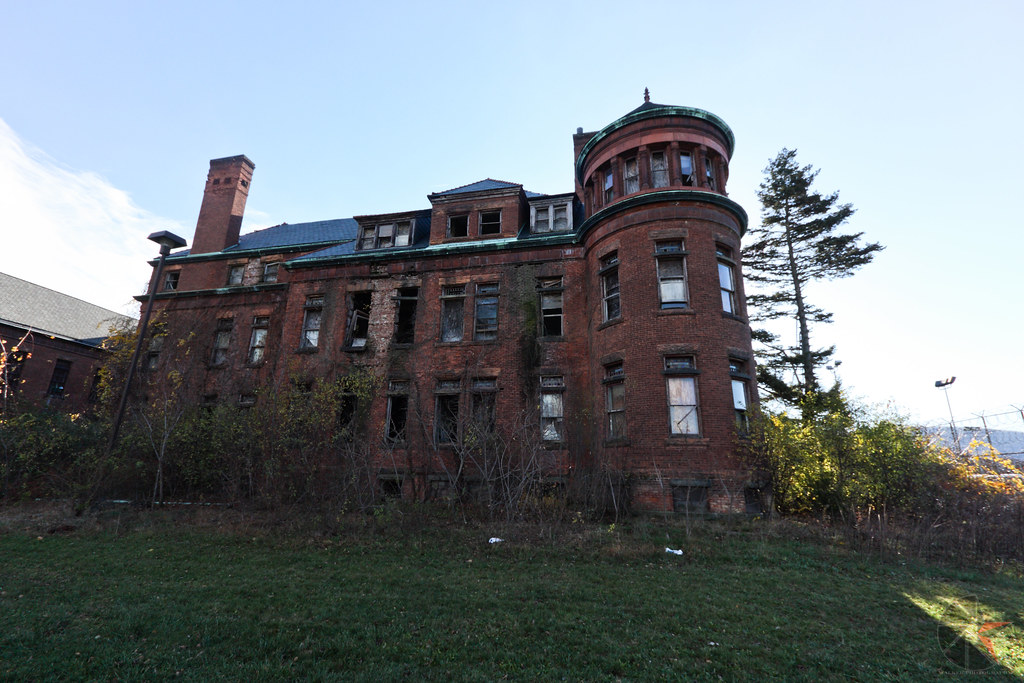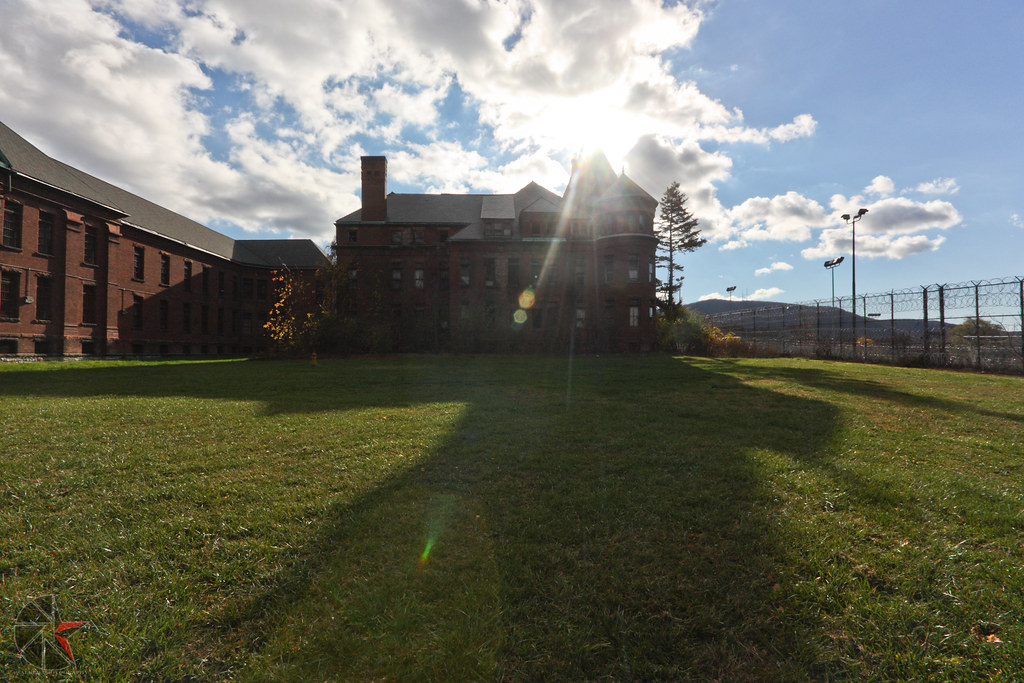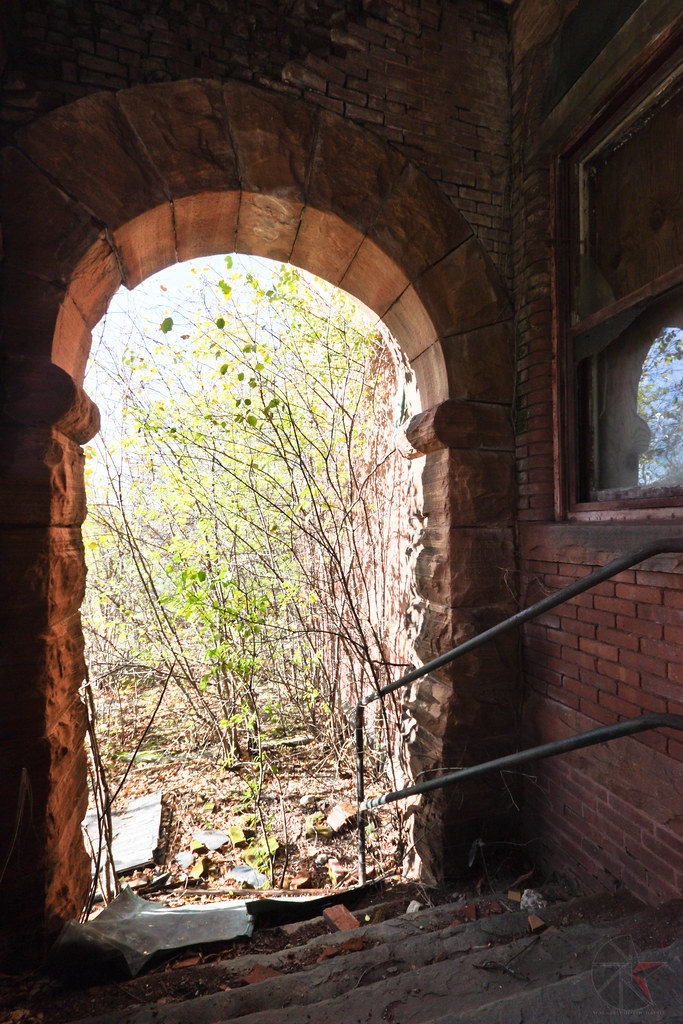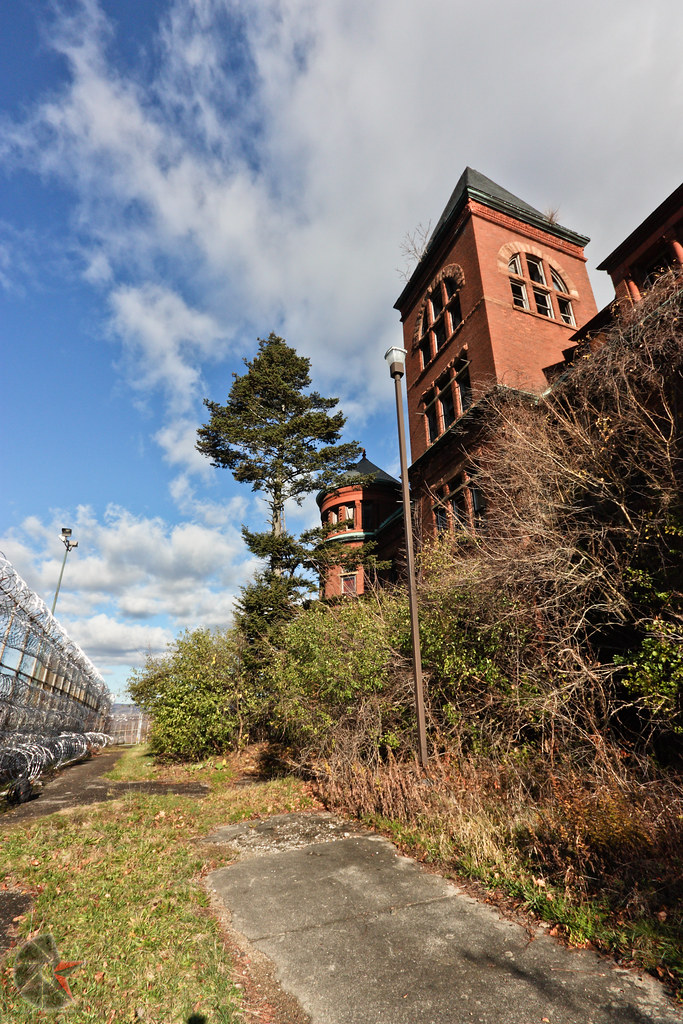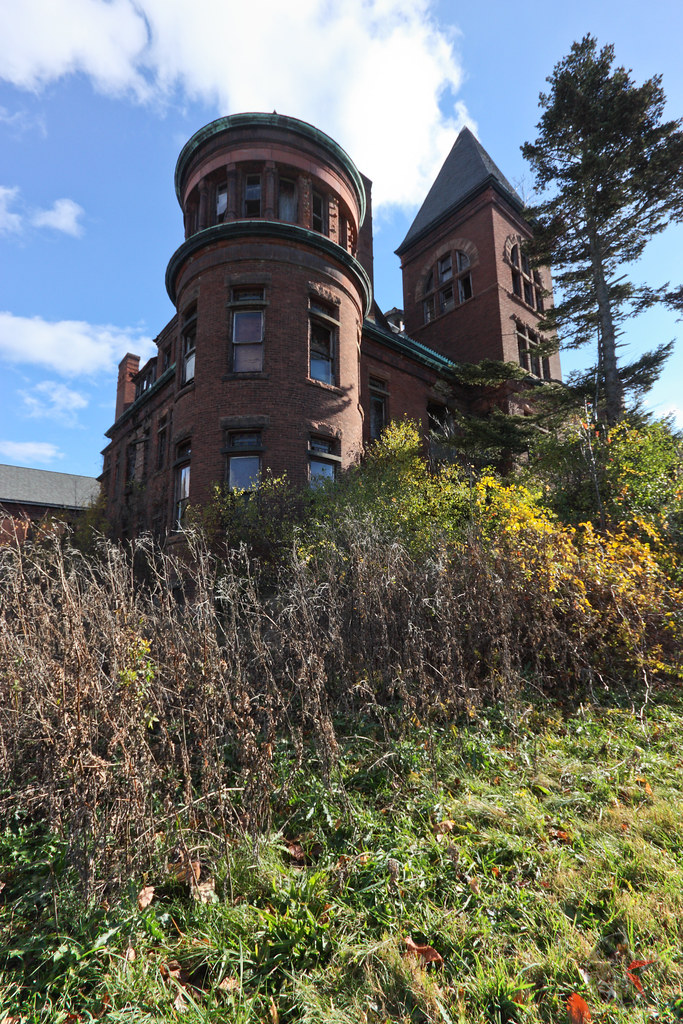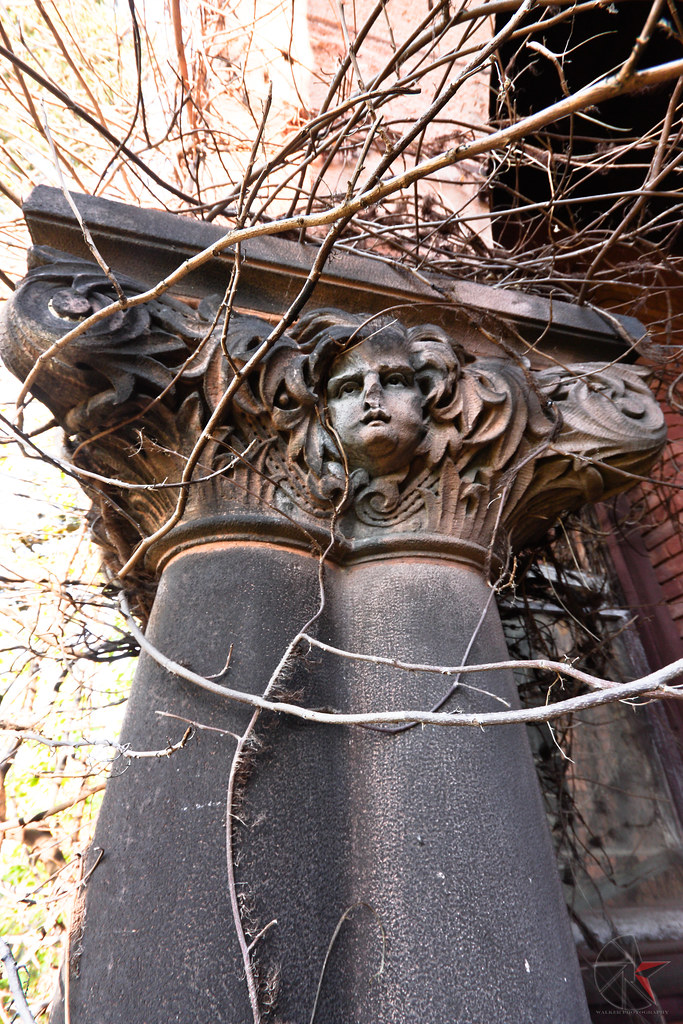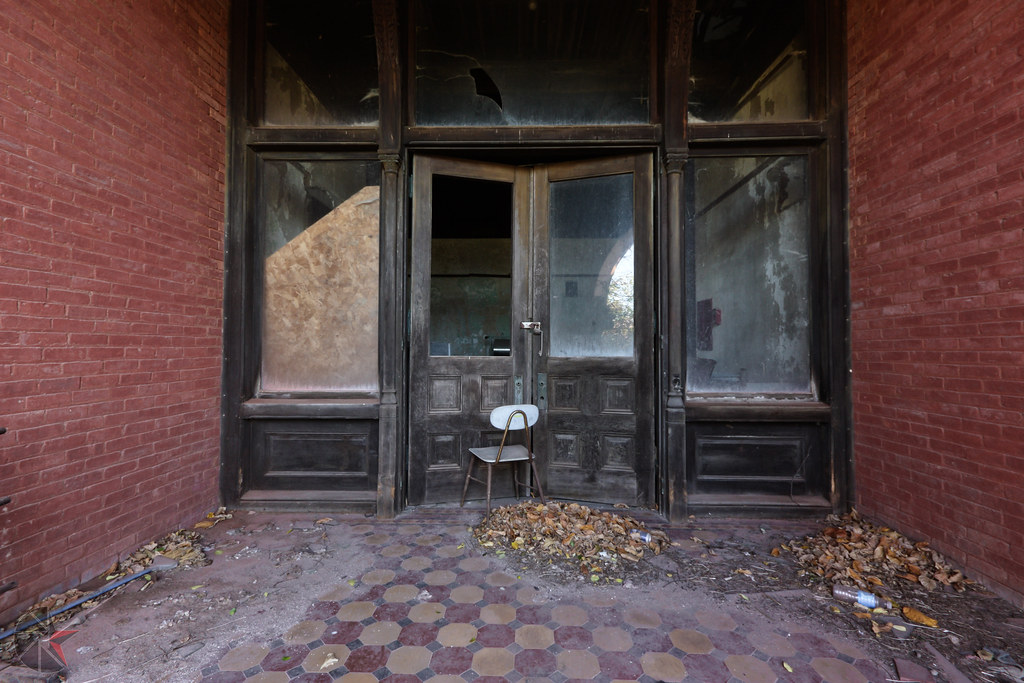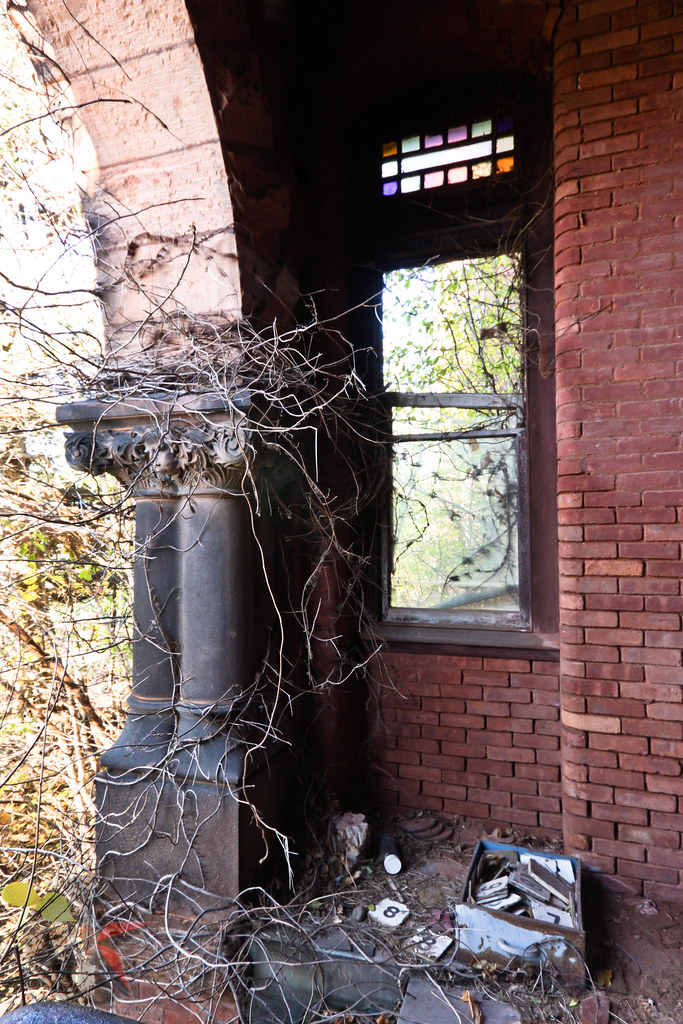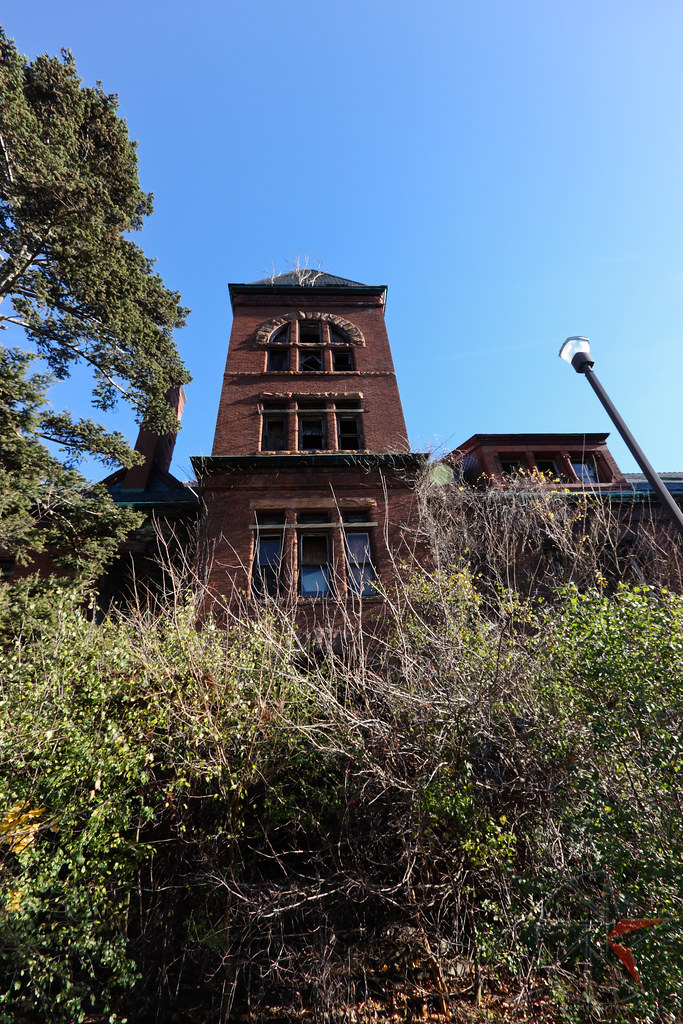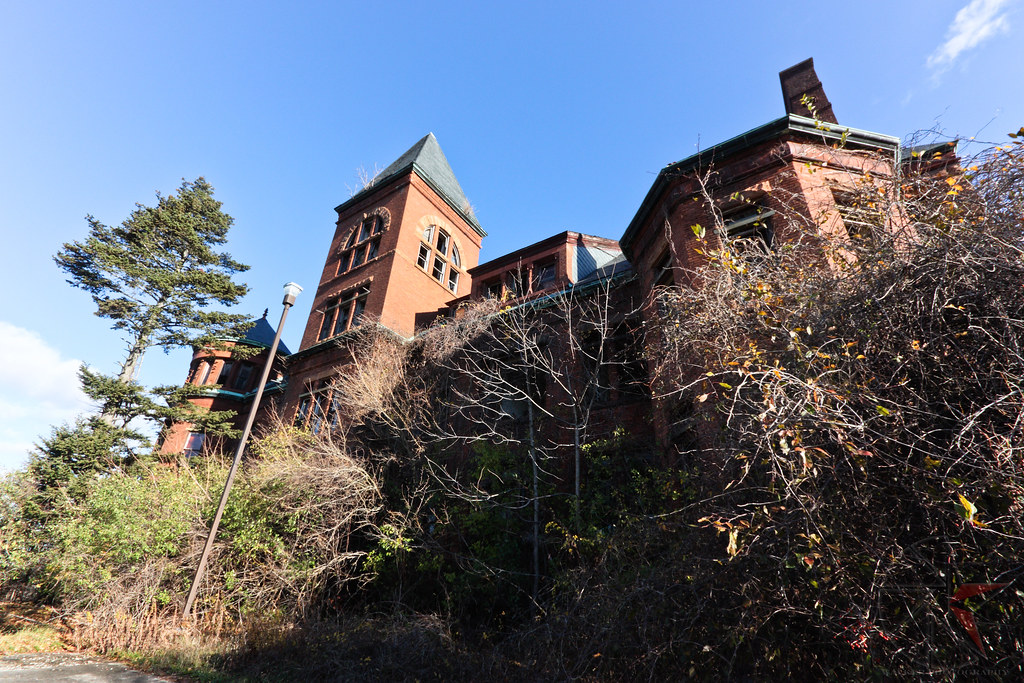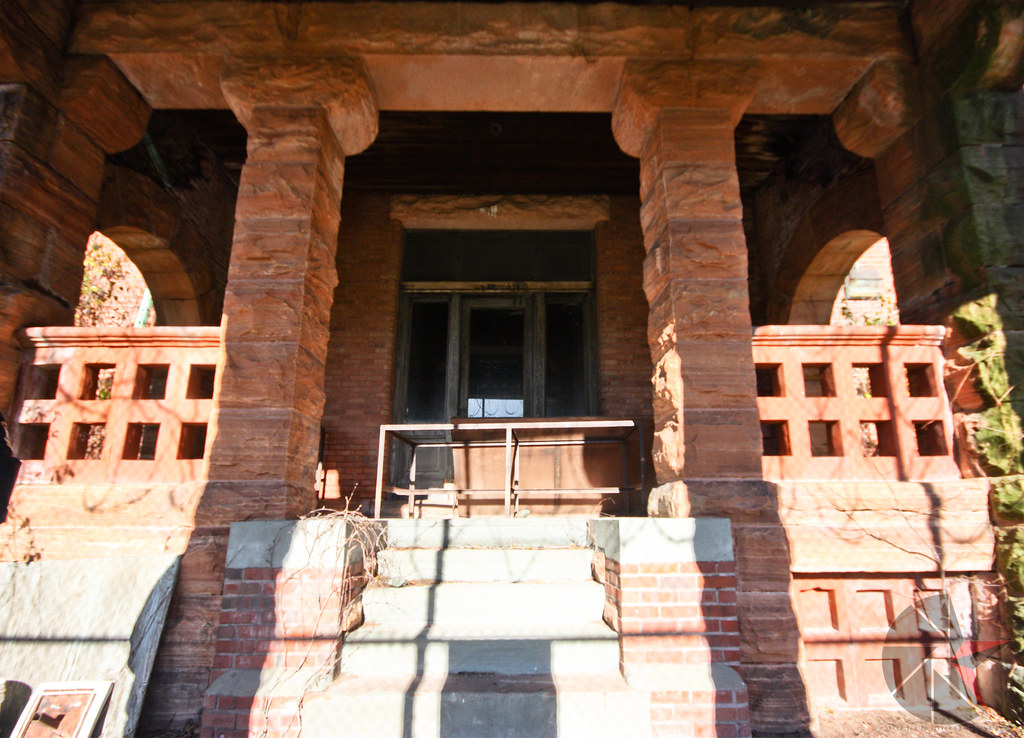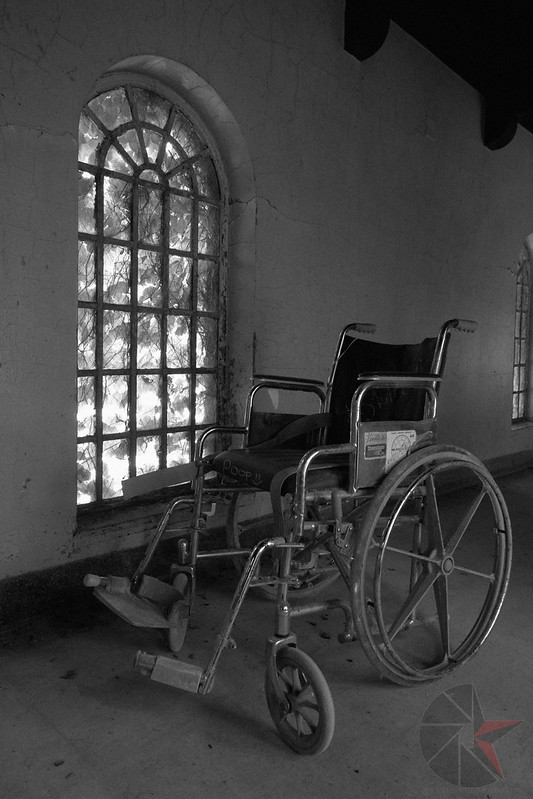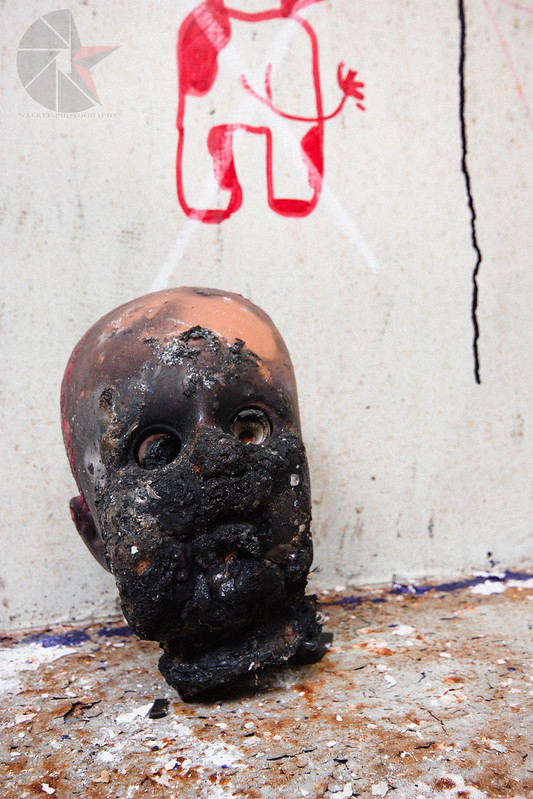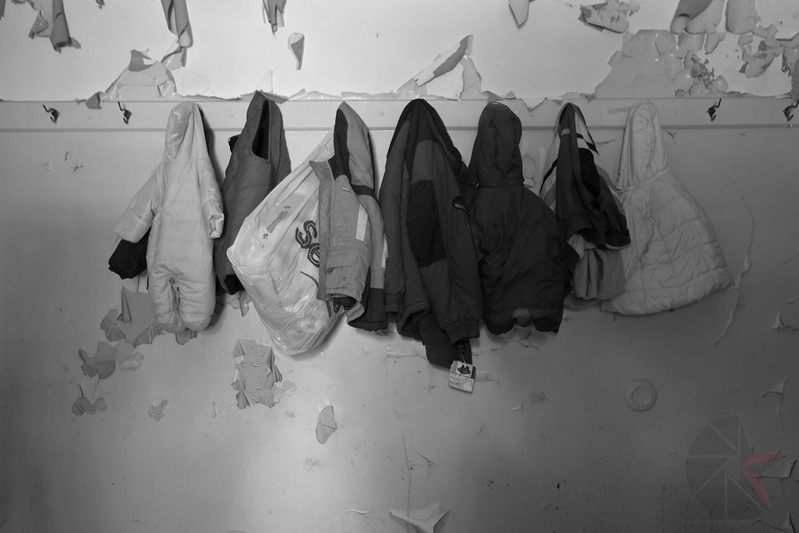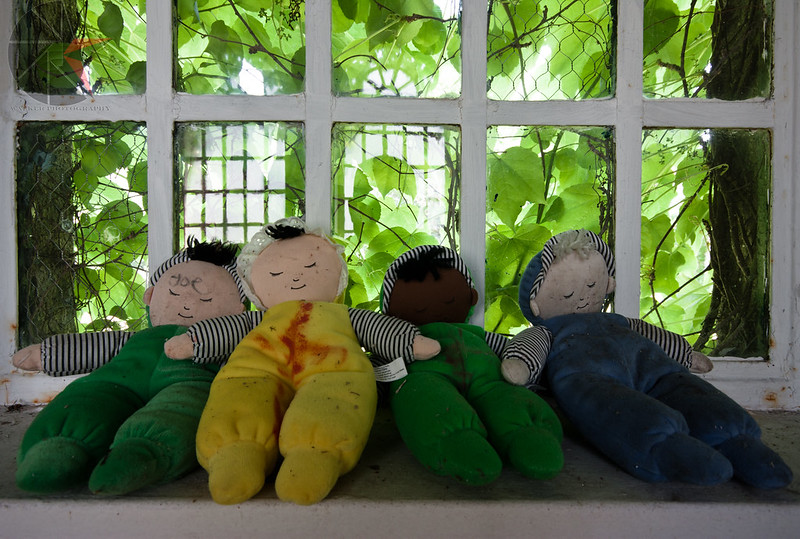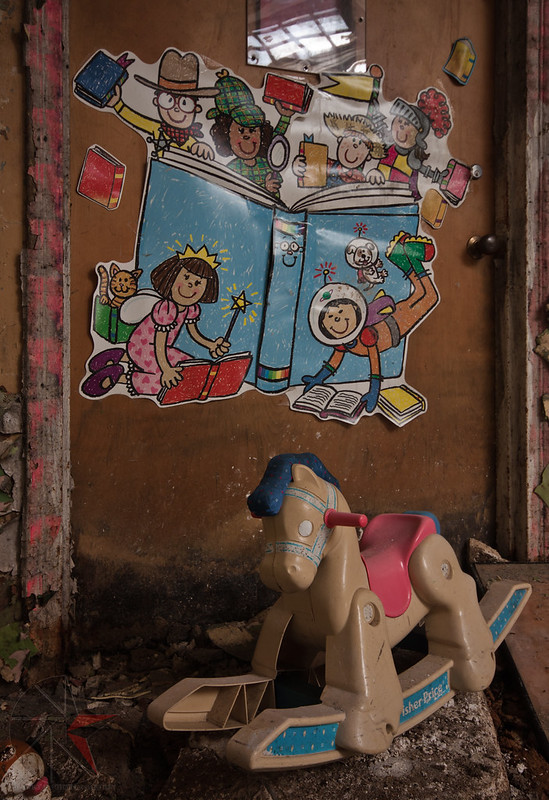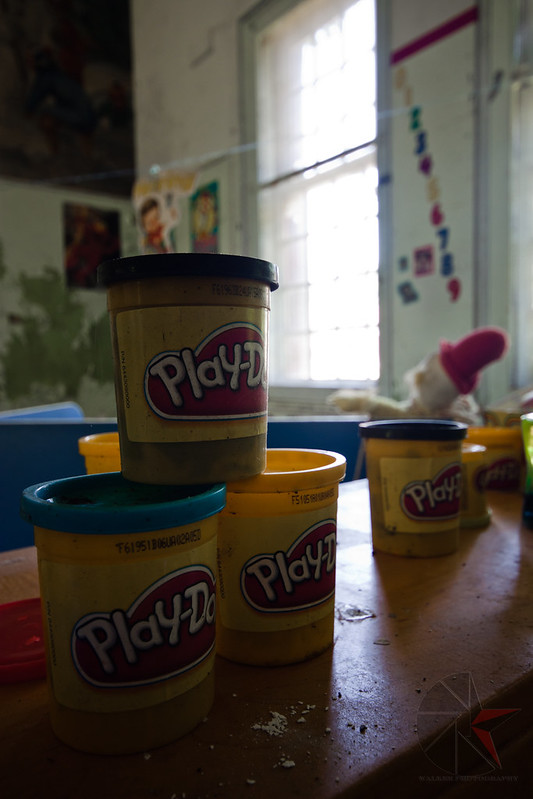For decades, Holy Land USA has been a post-nuclear Road Warrior vision of the Holy land, perched on a bluff overlooking Waterbury. It's a fascinating and horrifying wonder of neglect -- a miniature Bethlehem, impenetrable assemblages of junk, creepy tunnels and blasted out buildings, stories of gang murders and a mysterious order of nuns.
Amidst this sprawling squalor are two unlikely items. A tall high tech cross of steel, visible for miles, would light up at night. The joke is that locals grow up believing Christ was electrocuted on the cross. More striking is the large "Hollywood"-style sign that nightly illuminates the words: Holy Land USA.
Holy Land USA burst onto the rocky slopes of Pine Hill in the early 1950s, when lawyer and evangelist John Greco responded to a personal message from God (or perhaps a broadcast message also received by the builder of Alabama's Ave Maria Grotto, Iowa's Grotto of the Redemption, and other 20th century divine labors). He directed volunteers who built hundreds of structures, grottos and educational dioramas, using discarded plywood, tin siding, chicken wire, cement and fragments of religious statuary.
Holy Land USA was a legitimate vacation destination for families in the 1960s and '70s, drawing as many as 44,000 visitors a year. It was a must-see stop for church groups and pilgrimage busses. Today, evidence can be found of a large parking lot, remnants of a gift shop, and assorted outbuildings.
The 17-acre attraction had begun its long slide into the Pit, closing a few years before Greco's death in 1986, at the age of 91. He willed the land and his testament of personal faith to the Religious Teachers Fillipini of Bristol.
Over the years, an order of nuns have attempted a degree of maintenance -- for instance, the white rocks that line the entrance wall always seem freshly painted. But the park at large has been battered by the elements, rampaging teenagers and scavengers. The nuns have declined nearly all offers of outside help by preservationists and others. A group of Boy Scouts working towards their Eagle badges in 1997 were allowed to renovate the Hollywood-style sign [1996 "before" view] as a community service project. In 2008 the 56-ft. tall metal and fiberglass panel cross was dismantled for replacement by a newer one that will continue to be lit at night.
The fate of Holy Land USA remains uncertain. It is regarded as a city landmark, visible to passing motorists on I-84. Brass Mill Center, a new 150-store mall on one side of the hill, radiates prosperity -- but perhaps threatens secular-humanizing bulldozers for mini-Bethelehem. Rough-looking full-sized neighborhoods around the rest of Pine Hill don't bode well for any relief from juvenile vandalism.

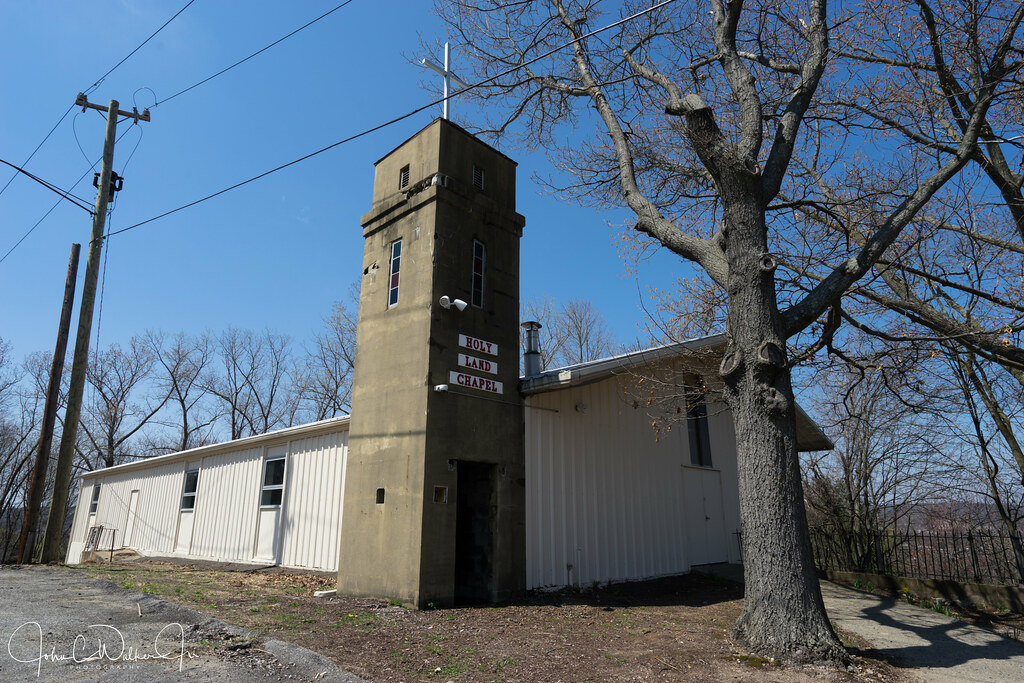
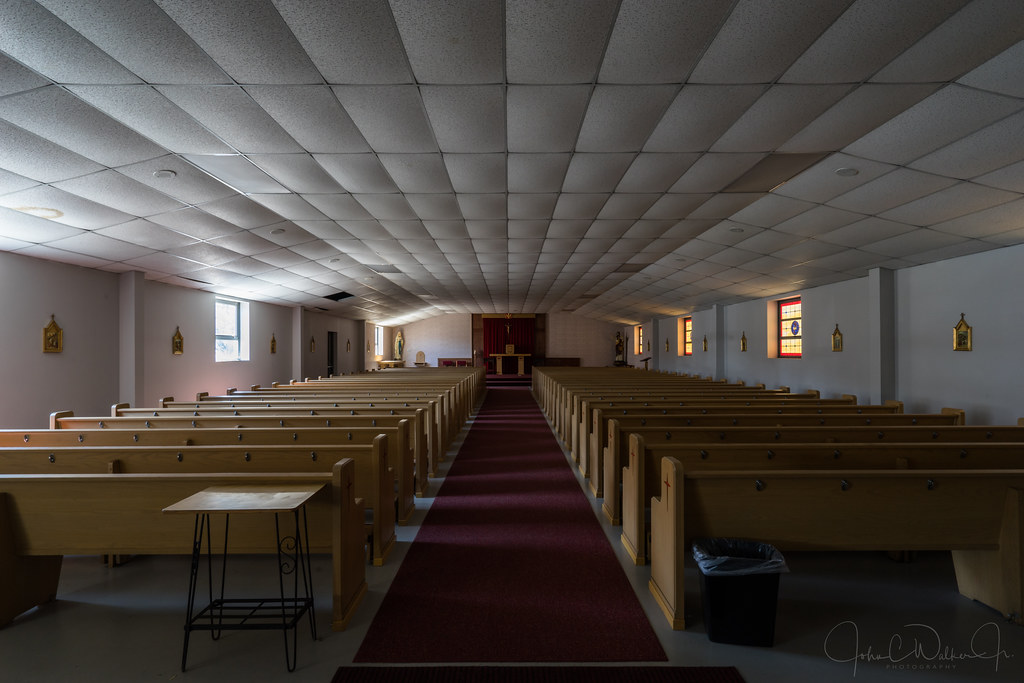

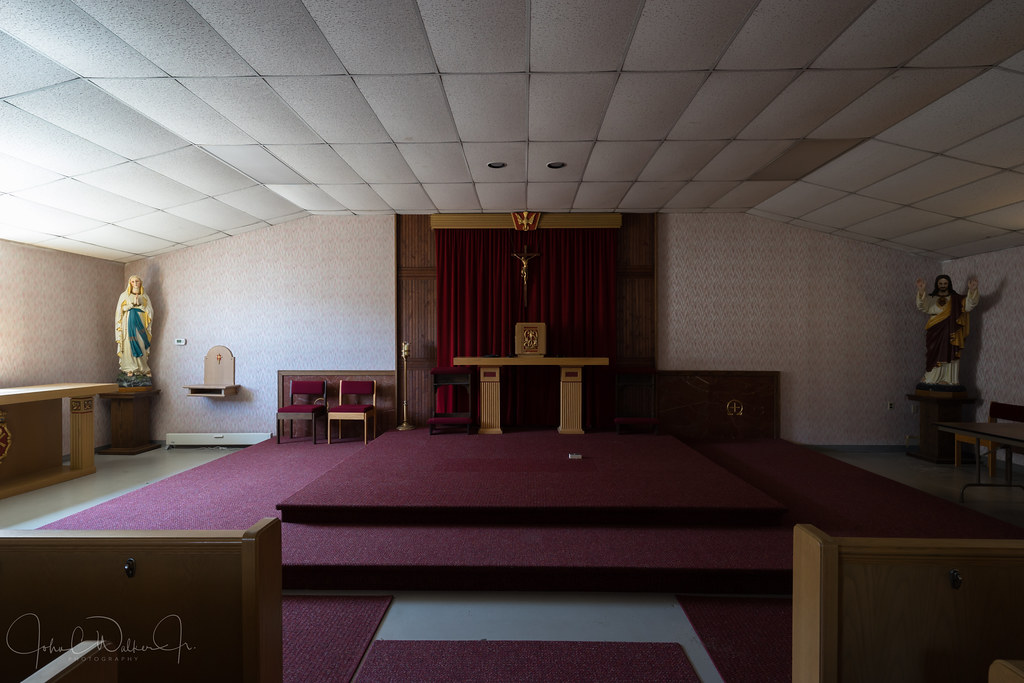
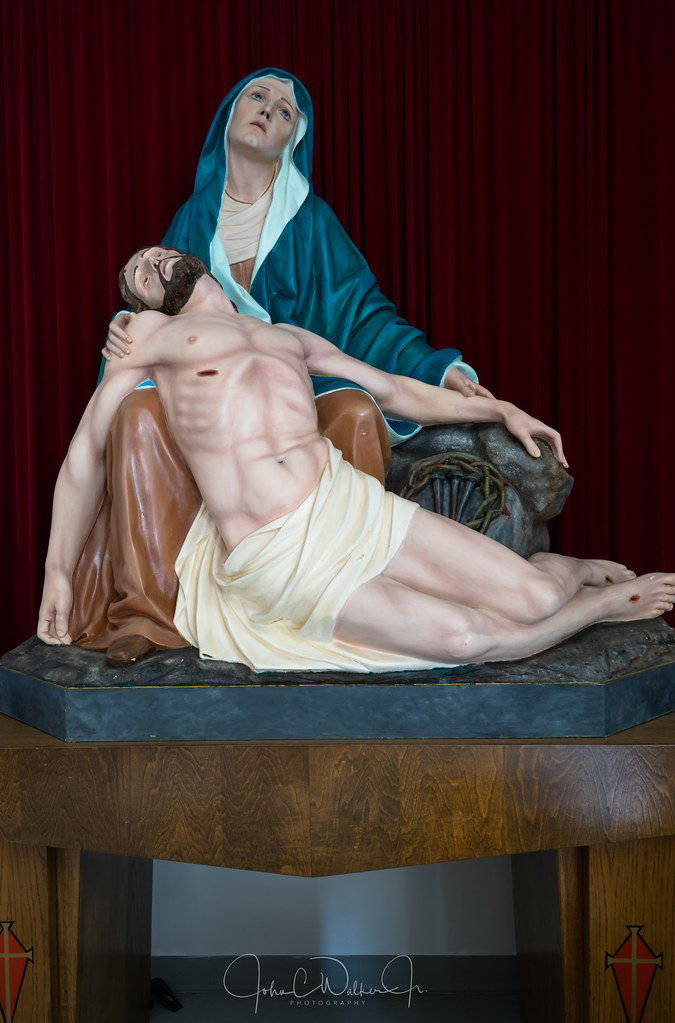
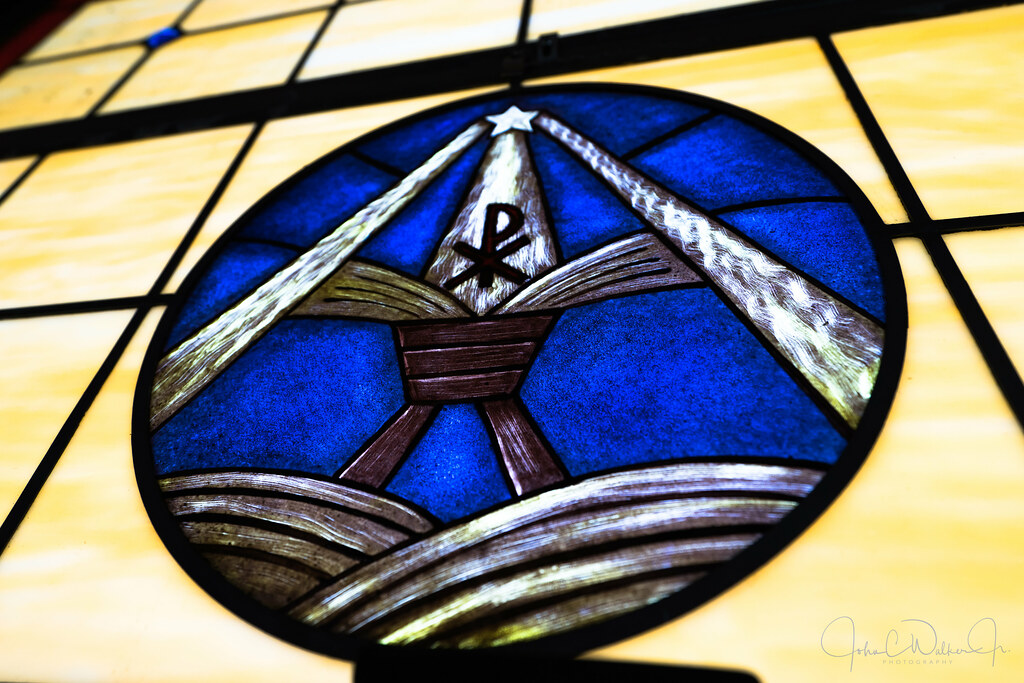
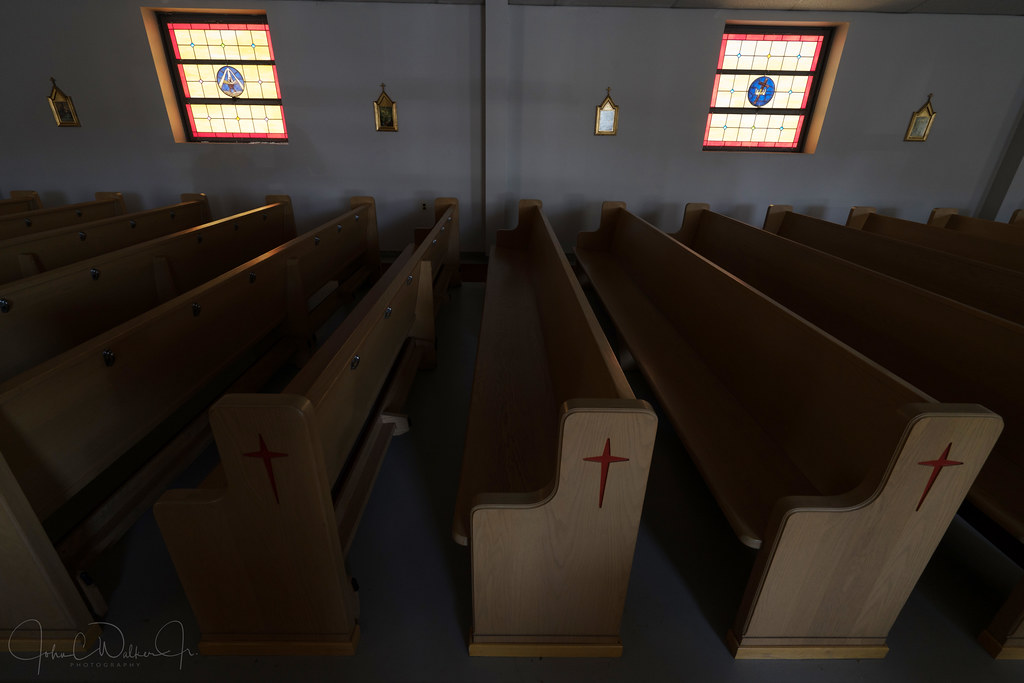
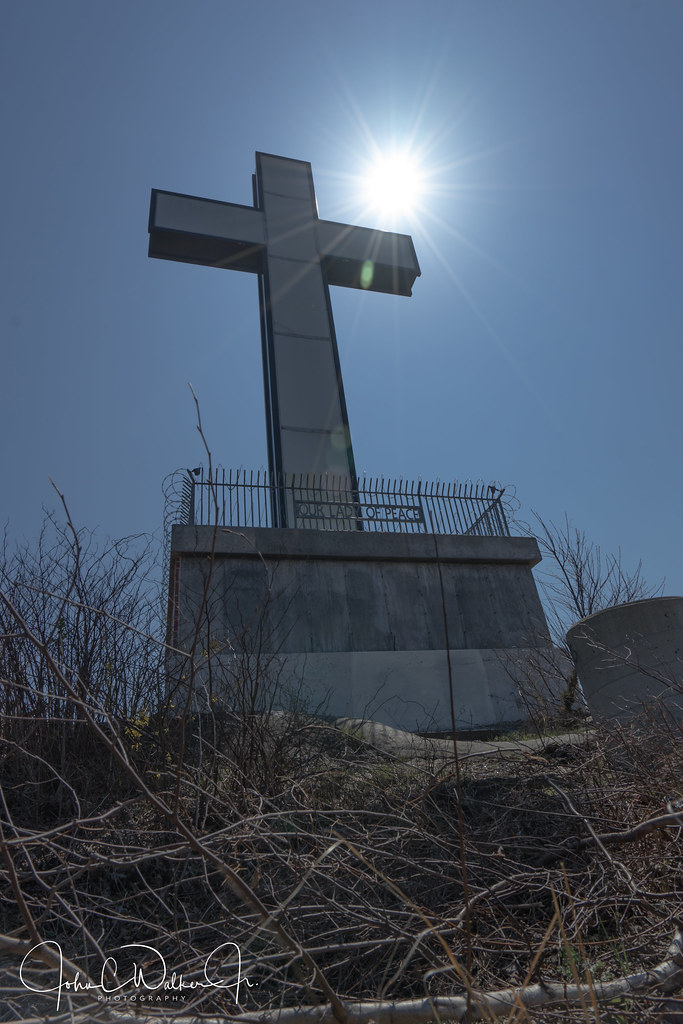

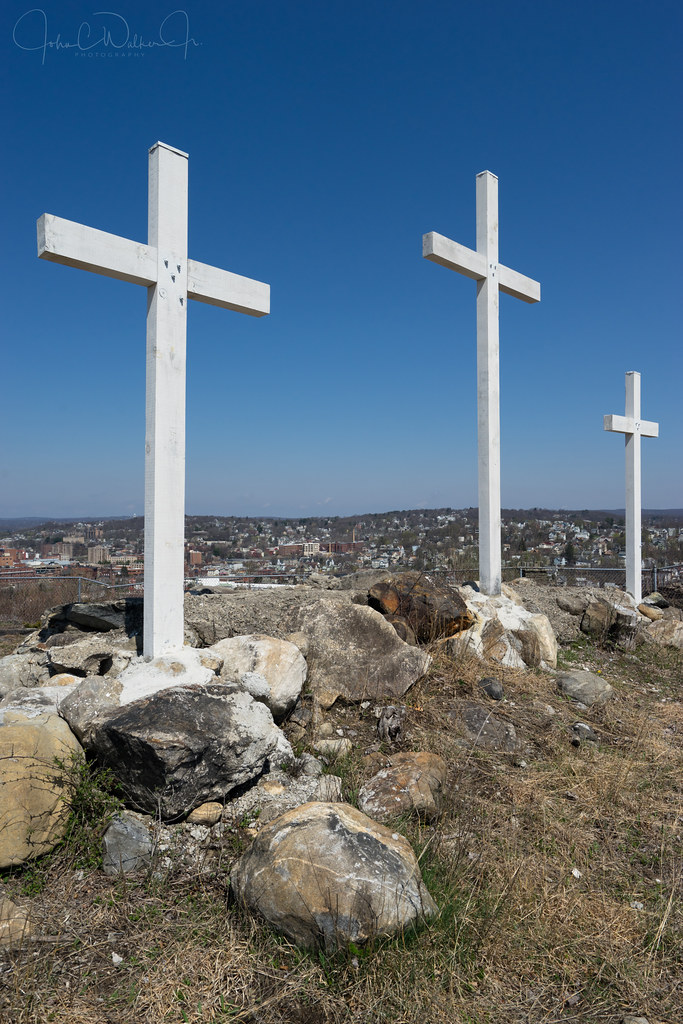

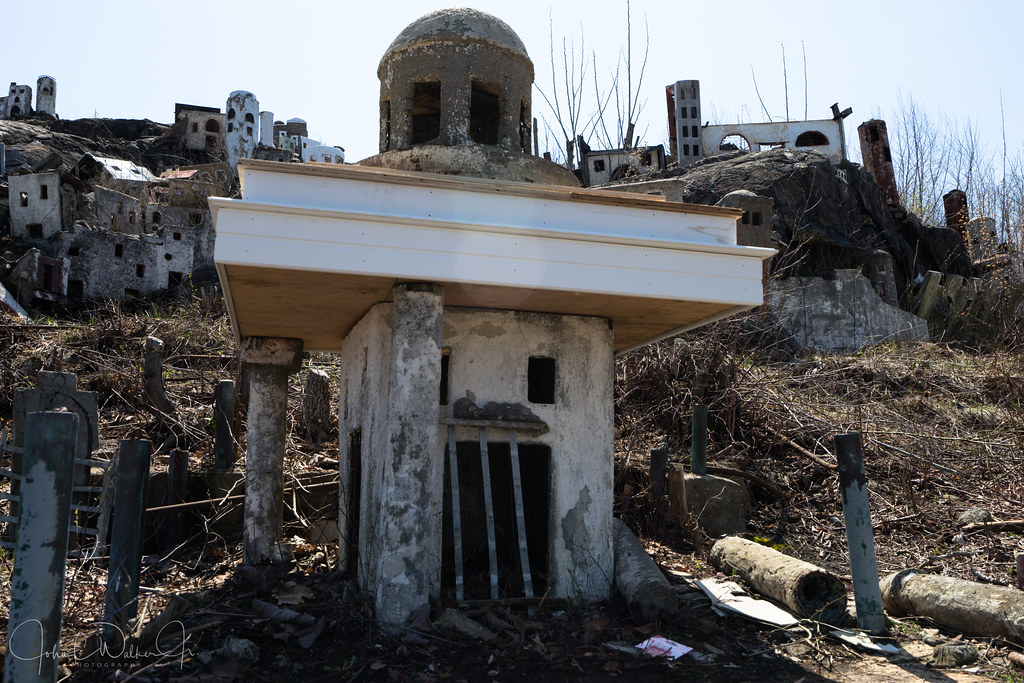
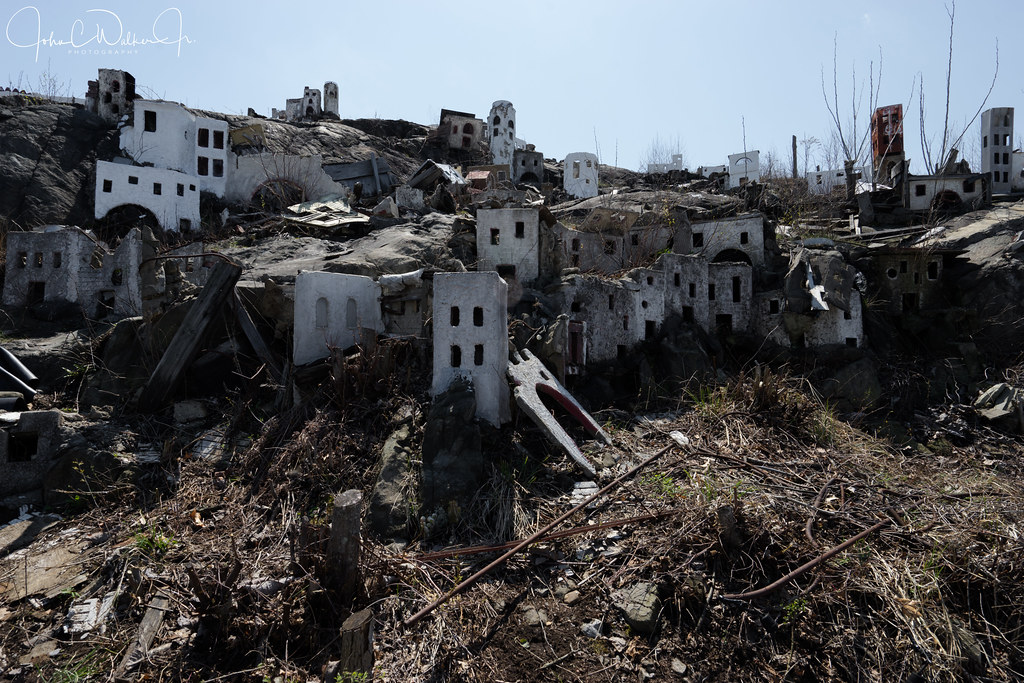
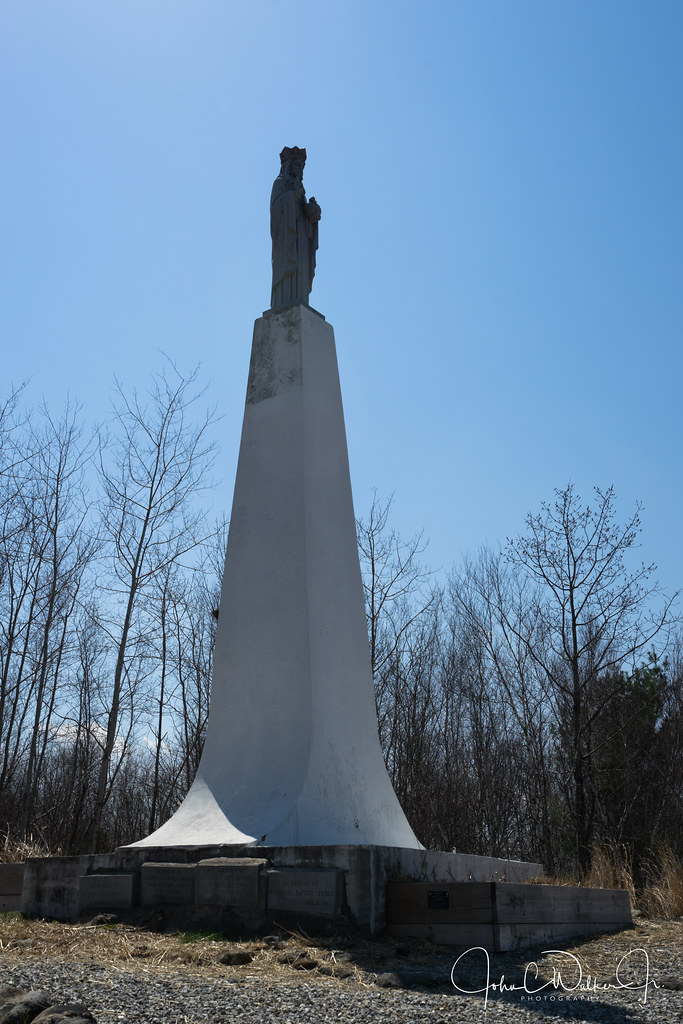
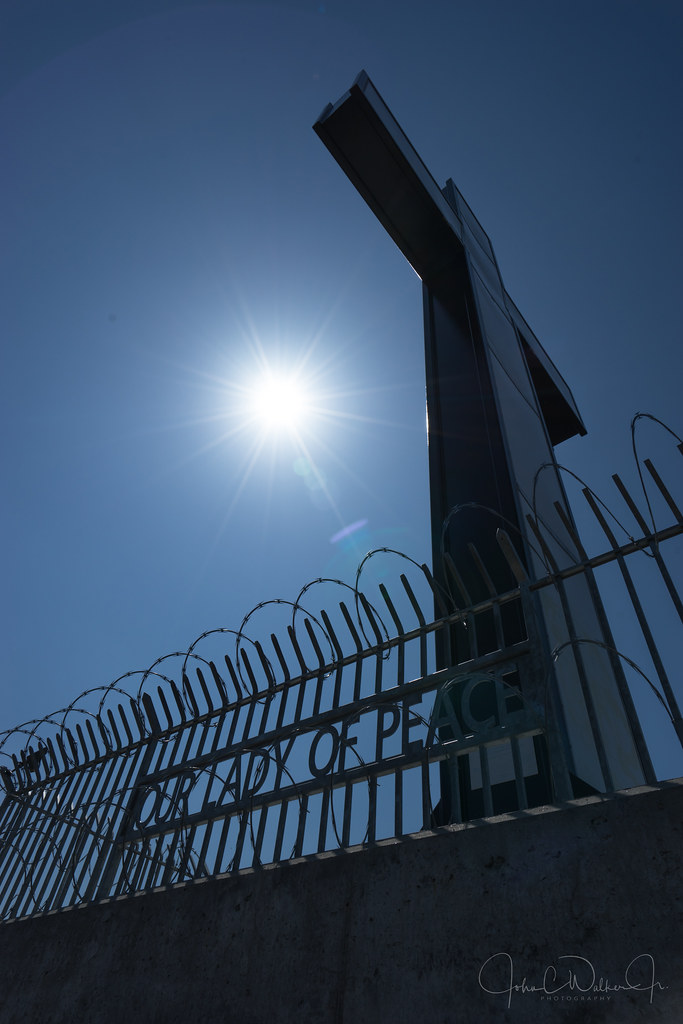
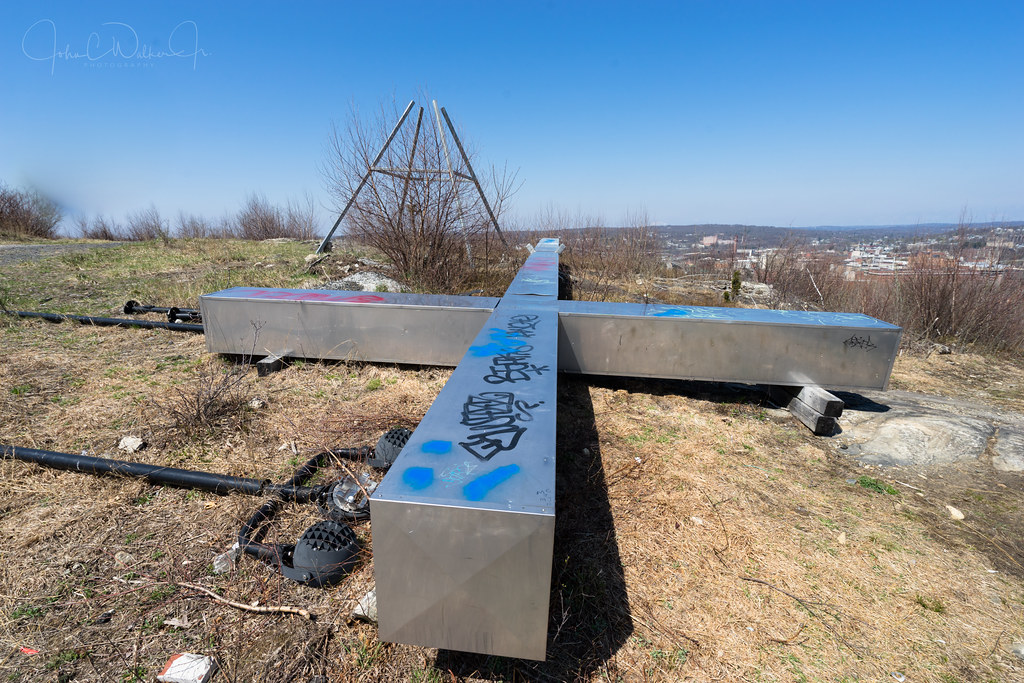
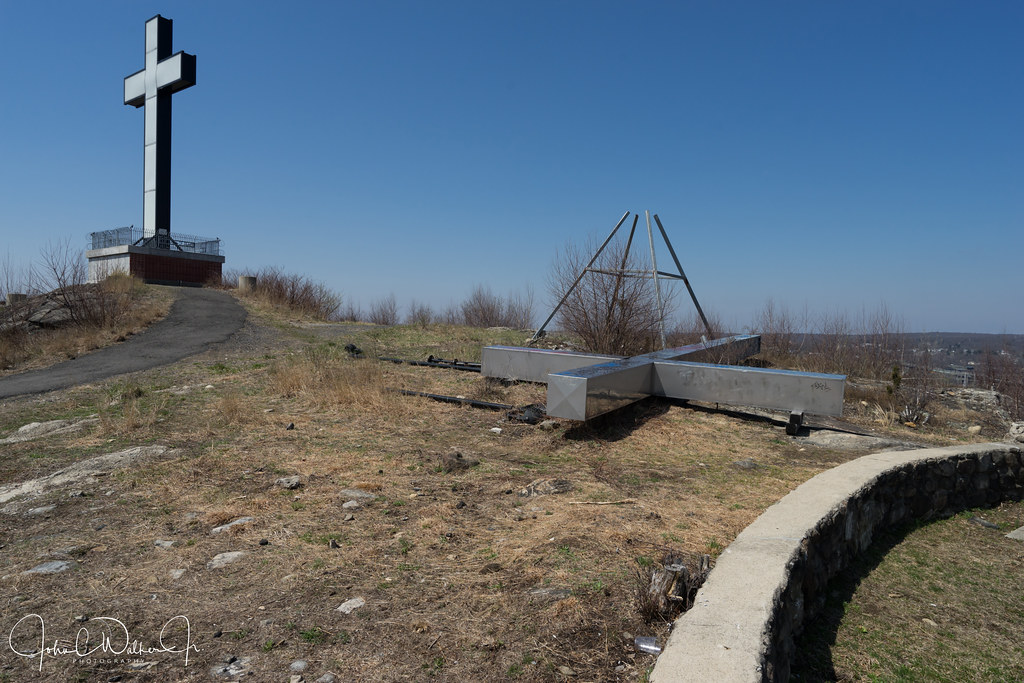

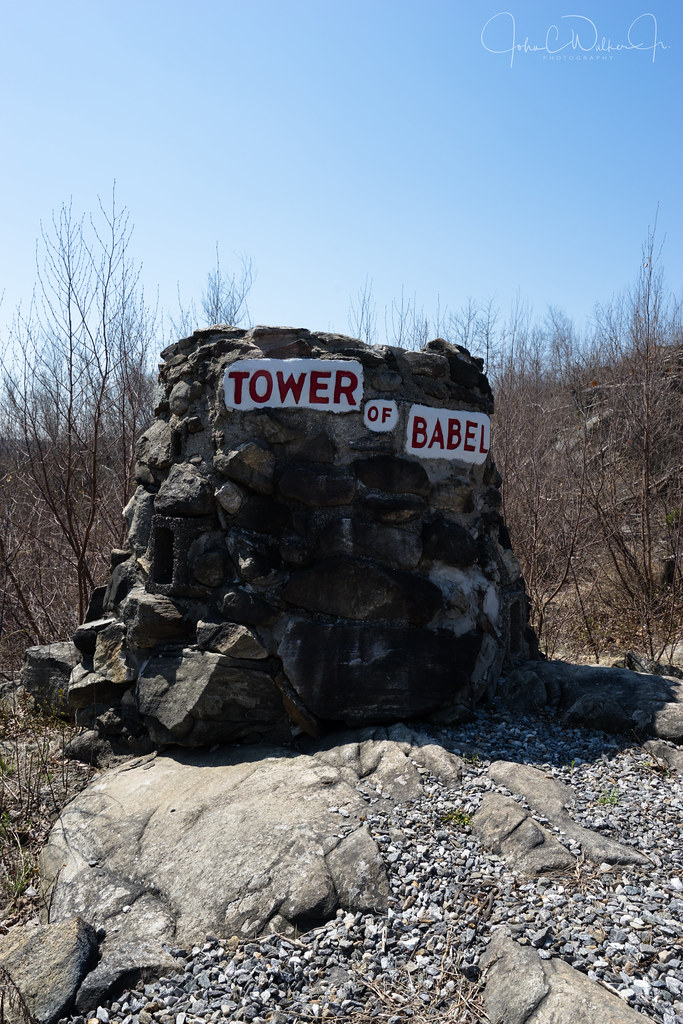
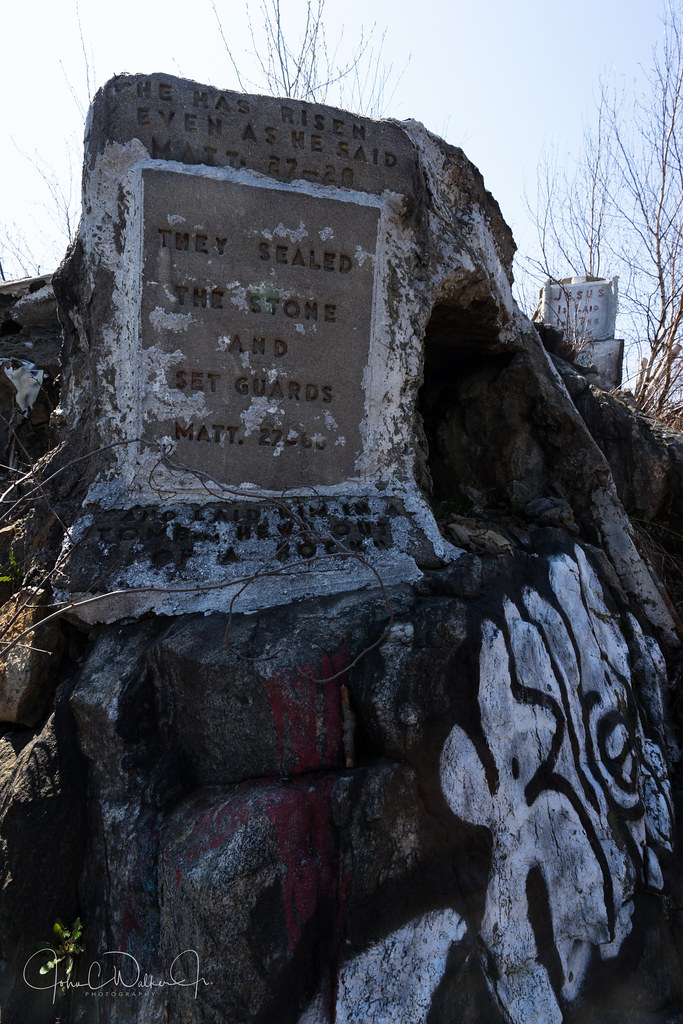

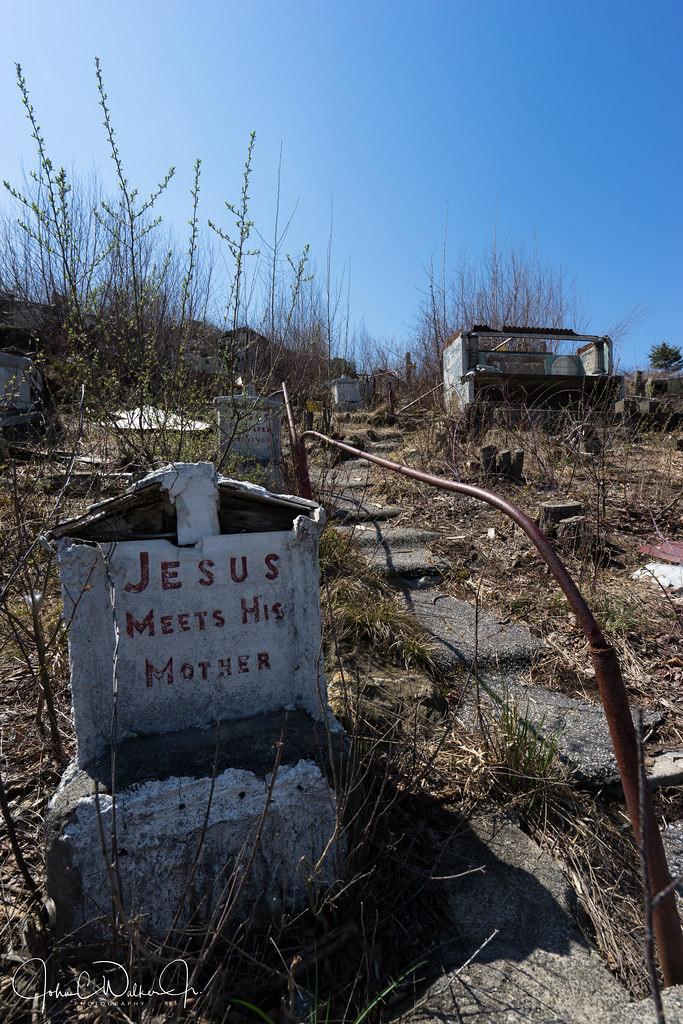
Renewal of Holy Land in Waterbury attracts hundreds for Mass
Posted: Aug 11, 2018 10:05 PM EDTUpdated: Aug 11, 2018 10:05 PM EDT
(WFSB)



